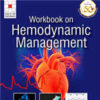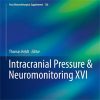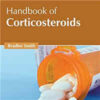Tailoring Antithrombotic Treatment in Patients with Acute Myocardial Infarction and Cancer
academic.oup.comFor more than two decades, dual platelet antiplatelet therapy (DAPT) has been one of the mainstays in the treatment of patients who have suffered an acute myocardial infarction (AMI) or undergoing percutaneous coronary intervention (PCI).
The ability of this therapy to reduce the risk of thrombotic events contrasts with the increased risk of bleeding that it entails.
In recent years, this increased bleeding risk has been put in the spotlight, establishing criteria to define patients at high bleeding risk (HBR), who account for up to 50% of patients undergoing PCI.
On the other hand, up to 30% of procedures are considered complex PCI1 and imply a higher thrombotic risk. To complicate the decisions further, up to 45% of patients have simultaneously a high thrombotic and hemorrhagic risk.

















